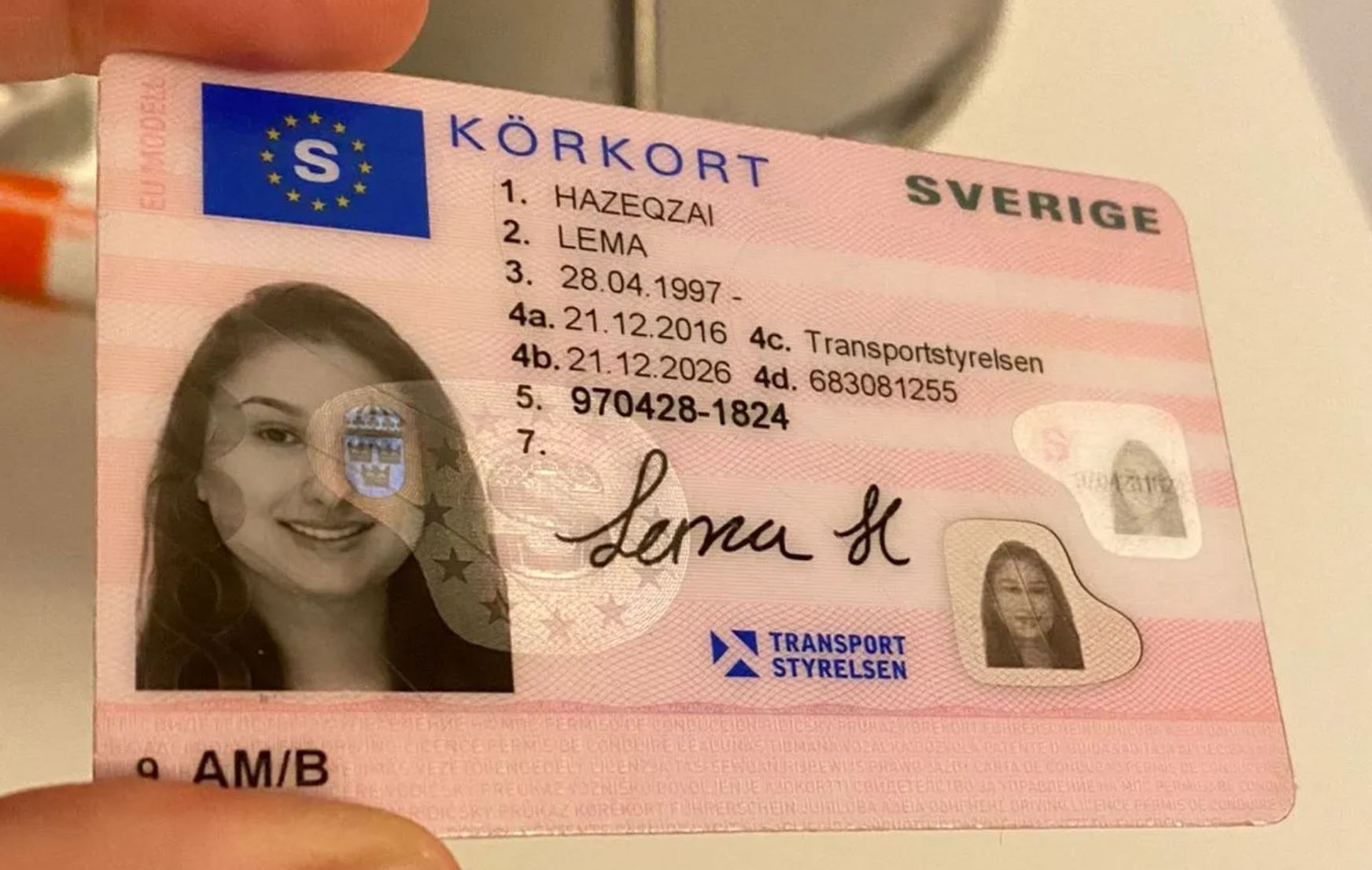The Ultimate Glossary Of Terms About Driving License Id-Handling 2025

Navigating the New Landscape of Driving License ID Handling in 2025
In every society, the driving license works as an essential document, not simply as a proof of the capability to run a vehicle however likewise as a recognition tool. As we enter 2025, substantial changes have actually emerged regarding the handling and management of driving licenses, primarily influenced by advances in innovation, progressing policies, and the need for boosted security steps. This short article aims to provide a detailed overview of driving license ID managing in 2025, illuminating the technologies included, the approaching legal changes, and supplying answers to typical inquiries.
The Transition to Digital Driving Licenses
Among the most significant improvements in driving license ID handling is the prevalent adoption of digital driving licenses. These digital licenses are saved electronically on mobile phones, using numerous benefits to both drivers and KöRkortet authorities. In the United States, for instance, numerous states have started executing digital driver's licenses, while nations such as Canada and the UK are anticipated to do the same quickly.

Secret Benefits of Digital Driving Licenses
- Convenience: Easily accessible on mobile devices, eliminating the need to bring physical copies.
- Boosted Security: Incorporating biometric functions and file encryption helps to fight identity theft and fraud.
- Real-time Updates: Immediate updates to individual info, such as modifications in address or status, enhance accuracy.
Difficulties and Concerns
Despite the advantages, the shift to digital licenses presents obstacles, including issues about privacy, cybersecurity dangers, and the digital divide affecting those without access to smart devices or the web.
Changes in Regulatory Framework
As we head into 2025, several guidelines surrounding driving licenses have actually come under analysis and change. Governments and regulative bodies are concentrating on making sure that driving licenses are safe and secure, valid, and provided in compliance with established laws.
Secret Legislative Trends
Standardized ID Formats: Countries are moving towards a standardized format for kör kort, please click the next site, driving licenses to streamline recognition and enhance security.
Increased Verification Procedures: Authorities are now using advanced methods such as facial acknowledgment and AI to improve verification processes at checkpoints.
Focus on Sustainability: With growing ecological concerns, numerous states are selecting eco-friendly materials for physical licenses and checking out robust digital options.
Age and Identity Verification: Enhanced steps are being put in place to precisely confirm the age and identity of motorists, especially in contexts where age-related laws apply to driving.
The Global Perspective: State-By-State Comparison
| Country | Digital License Implementation | Present Regulations | Significant Features |
|---|---|---|---|
| United States | Numerous states in progress | Differs by state, efforts to unify formats | QR codes for easy recognition |
| Canada | In pilot stages | Standardized identification throughout provinces | Integration with health IDs |
| UK | Early adoption stage | Focus on online renewal and information updates | Digital verification by means of the app |
| Australia | Under consideration | Increasingly rigid recognition protocols | Concentrate on fraud prevention |
The Role of Technology in ID Handling
Innovation is transforming how driving licenses are dealt with. AI, blockchain, and biometrics are becoming important to driving license issuance and confirmation.
Developments Shaping the Future
Synthetic Intelligence: AI algorithms are now used for recognizing patterns in driving habits, which can inform insurance coverage premiums and legal ramifications.
Blockchain Technology: Ensuring the integrity and credibility of driving license information, blockchain technology enables safe sharing of information in between authorities without fear of tampering.
Biometrics: Increasingly, biometric systems are implemented at the point of issuance and verification, such as facial recognition and finger print scanners, to ensure protected identity verification.
Possible Impacts of Emerging Technologies
The execution of these innovations can lead to improved dependability and security of driving IDs, but it raises questions about information privacy and user consent.
Frequently Asked Questions (FAQs)
1. What should I do if my digital driving license is lost or taken?
You need to immediately report the loss or theft to your local motor automobile company. A lot of digital licenses have built-in functions to disable gain access to remotely.
2. Are digital driving licenses accepted all over?
As of 2025, approval of digital licenses varies by region. It's encouraged to carry both digital and physical copies when taking a trip across state or national borders.
3. Can I update my information on a digital driving license?
Yes, updates can often be made through the associated mobile application or site of the providing authority.
4. What are the security measures for digital licenses?
Digital licenses normally include features such as file encryption, two-factor authentication, and biometric verification to improve security.
5. How will traditional driving licenses be impacted?
The relocation towards digital licenses may decrease the issuance of physical licenses, onlinekörkort however they will still be offered for those not able to gain access to digital options.
As we advance into a new period in 2025, the handling of driving licenses is enhancing to fulfill the demands of modern-day society. Through technological improvements and körkort online test regulatory reforms, Bästa körkort online individuals can anticipate a more secure, effective, and structured procedure for obtaining and managing their driving licenses. However, as digital options multiply, it remains vital to address challenges associating with personal privacy, security, and accessibility, ensuring fair roadway access for all drivers while protecting individual information. As federal governments around the world continue to adjust to these modifications, the future of driving license ID handling is set to be both dynamic and transformative.





